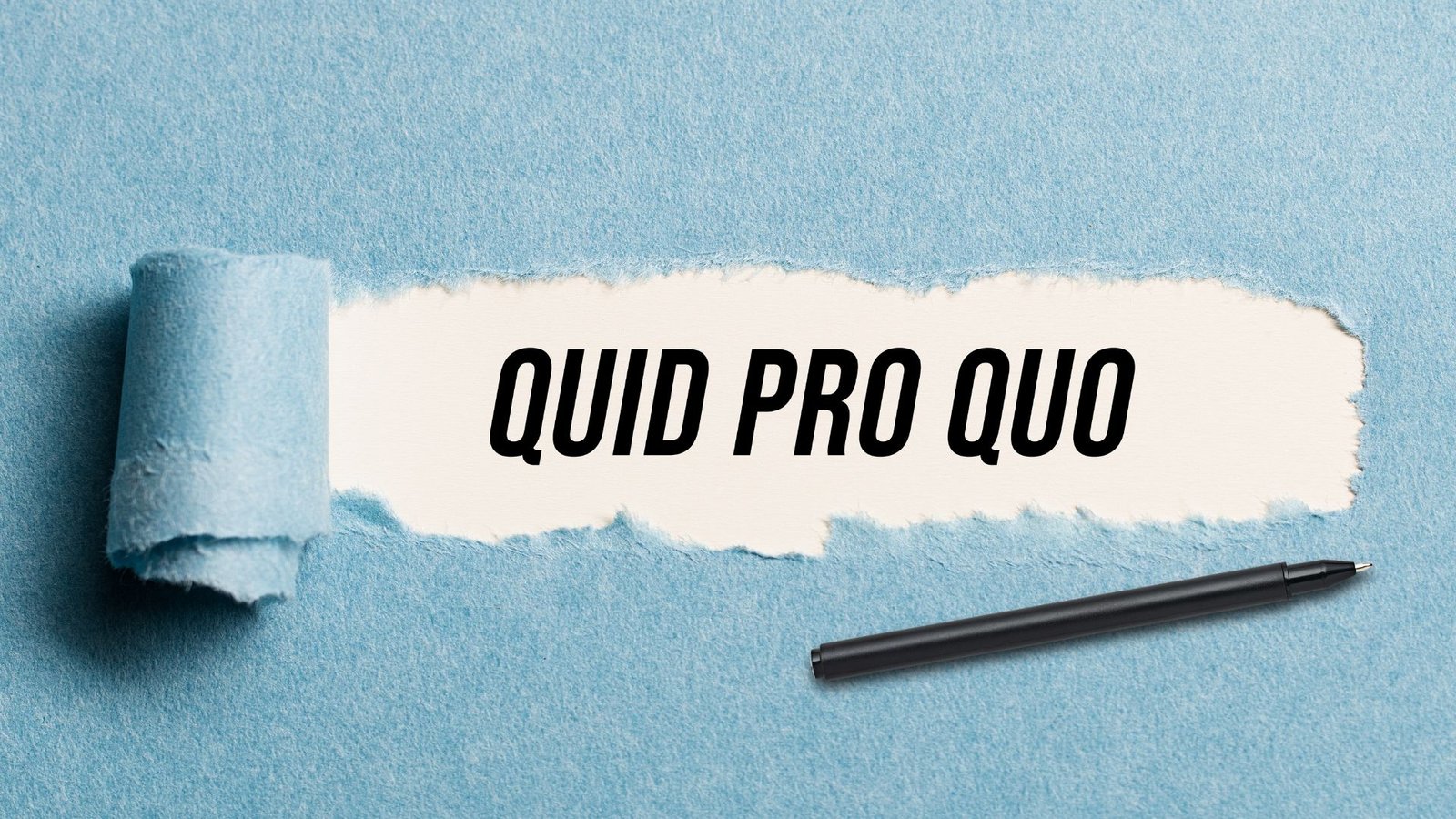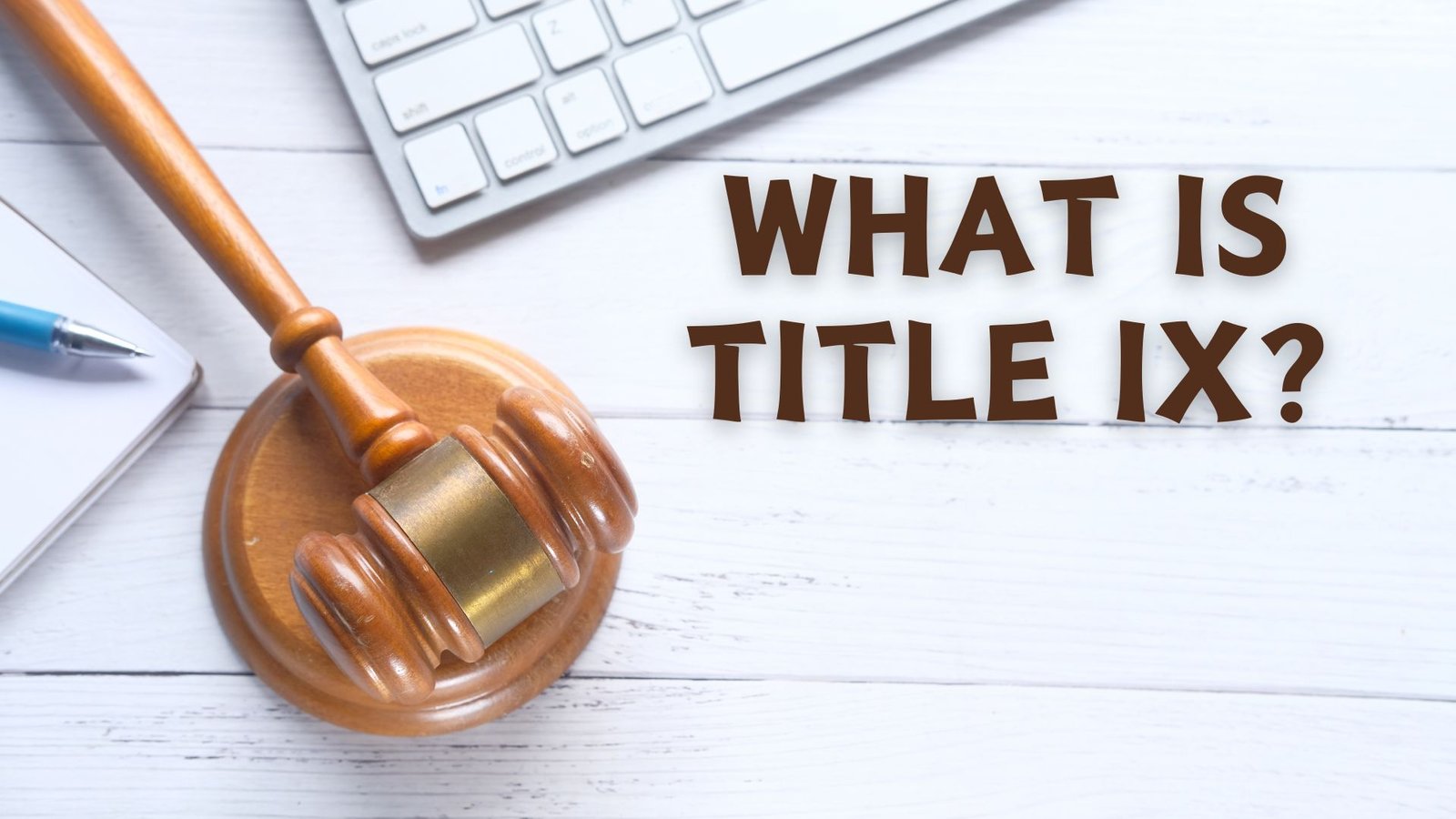On this page you will read detailed information about The Role of Animus in Criminal Trials.
As a juror in a criminal trial, you have a solemn responsibility to set aside personal prejudices and impartially weigh the evidence. But what if the crime was motivated by animus – a deep-seated bias against protected groups? Understanding this legal concept is critical. You must scrutinize whether illegal acts stemmed wholly or partially from animus targeting race, gender, sexual orientation or disability. If so, stiffer penalties may apply. As you prepare for jury duty, reflect deeply on any biases you may hold. You have the power to decide fates based on an impartial review of facts. Animus matters because it strikes at our shared dignity.
What Is Animus?
Animus refers to a hostile or ill intent towards an individual or group that is motivated by prejudice or hatred. In a criminal trial, establishing animus can be critical for prosecutors to prove motive and intent.
Animus that is based on a person’s race, religion, sexual orientation, disability status or other protected characteristic is considered a hate crime. Hate crimes are particularly egregious because they not only harm the victim but also intimidate and instill fear in the community. To prove animus, prosecutors will look for:
- Derogatory language: Did the defendant use racial slurs or other derogatory terms indicating prejudice? For example, a defendant shouting racist epithets while committing an assault would show animus.
- Symbolism: Did the defendant display any symbols associated with hate groups like swastikas or Confederate flags? The use of such symbology demonstrates animus and allegiance to ideologies that promote prejudice.
- Pattern of behavior: Does the defendant have a history of committing violence or criminal acts against a particular group? A pattern of targeted behavior makes animus more likely as a motivating factor.
- Lack of provocation: Was the criminal act committed spontaneously without any apparent provocation? Unprovoked violence against individuals of a particular race, religion or other group suggests animus.
- Overkill: Was the violence particularly brutal, cruel or excessive? Extreme violence beyond what would be needed to carry out the crime indicates a possible hate motive and desire to dehumanize the victim.
Establishing animus is important to obtain hate crime enhancements and ensure perpetrators of prejudice-motivated violence face appropriate consequences. By considering the totality of circumstances, prosecutors can make a compelling case that animus was indeed behind the criminal act.
In the previous post, we had shared information about What Is Quid Pro Quo? Definition and Examples, so read that post also.
How Animus Factors Into Criminal Trials
Animus refers to a state of mind that shows ill will, hatred, or intent to harm another person. In criminal trials, establishing animus is important for proving certain charges, especially those related to hate crimes or harassment. The prosecution aims to demonstrate that the defendant acted with animus, while the defense tries to cast reasonable doubt on the claim of animus.
For the prosecution, proving animus typically involves presenting evidence that shows the defendant expressed dislike, prejudice or aggression towards the victim or group the victim belongs to. This could include:
- Written or verbal statements of hostility made by the defendant towards the victim or their group.
- Prior confrontations or acts of aggression by the defendant towards the victim.
- Bias-related symbols, literature or affiliations of the defendant that demonstrate prejudice against the victim’s group.
To counter claims of animus, defense attorneys may argue that:
- There is insufficient evidence to prove the defendant acted with animus beyond a reasonable doubt.
- The defendant’s actions were not motivated by ill will or bias, but rather by other factors like provocation, self-defense or accident.
- Although the defendant expressed prejudice, there is no evidence this prejudice was the primary motivating factor behind their actions.
Proving animus can be challenging, as it requires showing definitively what was in the mind of the defendant at the time of the act. However, establishing animus is crucial for convicting defendants of hate crimes, harassment and other charges where ill intent is an element of the offense. By presenting evidence of the defendant’s hostility and prejudice, as well as countering potential defenses, the prosecution aims to demonstrate to the jury that animus against the victim was the driving force behind the criminal conduct.
In summary, animus refers to a state of mind denoting ill will or intent to harm. In criminal trials, proving animus is key to obtaining convictions for certain offenses. The prosecution must establish that the defendant acted with animus, while the defense casts doubt on claims of animus. By understanding the role and importance of proving animus, attorneys on both sides can craft compelling arguments to achieve their aims.
When Animus May Indicate a Hate Crime
To prosecute an act of violence as a hate crime, the prosecution must show that the defendant acted with animus against the victim due to their membership in a protected group. Animus, or bias motivation, means that the defendant committed the act because of the actual or perceived race, religion, disability, sexual orientation, ethnicity, gender, or gender identity of the victim.
Evidence of animus may include:
- Derogatory language used by the defendant referring to the victim’s protected characteristic during the commission of the act. For example, racial slurs directed at the victim by the defendant.
- The defendant’s membership in or affiliation with a group known to promote animus against the victim’s group. For example, if the defendant belongs to a white supremacist organization and the victim is a racial minority.
- Previous statements, social media posts, or other communications by the defendant expressing hatred or intolerance for the victim’s group. For example, anti-gay statements made by the defendant prior to assaulting a victim who is homosexual.
- The excessive nature of the violence beyond what would be expected for the commission of the underlying offense. For example, prolonged or sadistic assault and battery of a victim in a way that goes beyond what would be needed to simply rob them. This may indicate the defendant’s desire to harm the victim due to who they are.
- The location or timing of the act coinciding with events important to the victim’s group. For example, vandalizing a synagogue or mosque, or assaulting a homosexual victim during Pride events. This indicates the defendant chose the target to maximize harm against the protected group.
- Lack of any other clear motive for the act. If animus can be inferred as the most likely motive for violence that otherwise appears random or senseless, it may meet the evidentiary standard for a hate crime. For example, assaulting a random passerby who happens to be of a particular race or religion, with no other discernible motive.
Proving animus beyond a reasonable doubt is key to securing a hate crime conviction and ensuring perpetrators of bias-motivated violence face appropriate punishment. By understanding the forms that evidence of animus may take, prosecutors are better equipped to identify and argue hate crime cases successfully.
Using Evidence to Prove Animus
To establish animus, the prosecution must present evidence that proves the defendant acted with malicious intent or ill will toward the victim. As the trier of fact, the jury examines the totality of evidence to determine the defendant’s state of mind and whether animus was truly present.
The prosecution may introduce records of previous interactions between the defendant and victim demonstrating hostility, aggression, or threats. Records of communication via calls, texts, letters, or online messages can reveal patterns of antagonism, especially over a long period of time. Testimony from individuals familiar with the relationship, such as friends, family or coworkers, can provide eyewitness accounts of confrontations, arguments or other signs of ongoing conflict between the parties.
Physical evidence at the crime scene may also point to animus. Excessive violence, such as shooting or stabbing the victim multiple times, could show anger or rage. Damage to the victim’s property or possessions may indicate malicious intent. The prosecution can argue that the brutality of the act itself proves animus, as a dispassionate perpetrator would not commit such a heinous crime.
The jury evaluates possible motives and the explanations provided by both sides. Alternative theories of the crime that attribute the act to passion, impulse or accident undermine claims of animus. However, the existence of multiple plausible motives does not necessarily negate animus. The prosecution must convince the jury that animus was the driving force behind the defendant’s conduct.
Establishing animus often shapes the outcome of a trial. By proving the defendant acted with hatred, ill will or desire for revenge, the prosecution can secure a conviction for first-degree murder rather than a lesser offense. For the jury, finding animus may mean the difference between life and death in states that allow the death penalty. Though difficult to determine with certainty, animus remains a pivotal factor in the pursuit of justice.
How the Defendant Can Rebut Claims of Animus
To counter arguments of animus, the defense must establish that the defendant acted without malice or ill will toward the victim. There are a few strategies the defense can employ:
Show Lack of Motive
The defense can argue that there was no discernible motive or reason for the defendant to wish harm upon the victim. If the two parties had no known grievances or conflicts, it undermines the notion that the defendant acted out of animus. The defense may call witnesses to testify to the amicable nature of the relationship or lack of interaction between the defendant and victim.
Present Alternative Theories
The defense may propose plausible alternative theories for the events in question that do not involve animus. For example, they may claim the defendant’s actions were in self-defense, the result of an accident, or due to intoxication or diminished mental capacity. Eyewitness testimony, forensic evidence, and expert opinions can all be used to substantiate these theories. By raising doubt about animus as a motive, the defense weakens the prosecution’s case.
Highlight Lack of Premeditation
A spontaneous act, rather than a premeditated one, is less likely to be motivated by animus. The defense can argue that the events unfolded rapidly, without forethought or planning. They may cite a lack of communication about the crime between the defendant and accomplices as evidence it was not premeditated. Arguing the defendant’s actions were impulsive reactions, rather than calculated attacks, casts doubt on animus.
Character Witnesses
Members of the community who know the defendant can serve as character witnesses to testify that animus behavior would be out of character. Their personal experiences with the defendant’s kindness, empathy, and goodwill can be persuasive evidence against animus, especially if they have insight into the defendant’s attitude toward the victim or victim’s group. While not definitive, character witness testimony may raise reasonable doubt in the jury’s mind.
In summary, by presenting evidence that undermines a motive of animus and raises plausible alternative explanations for the crime, the defense can seriously weaken the prosecution’s arguments that the defendant acted with malice or ill will. When combined with testimony as to the defendant’s good character, these strategies may achieve reasonable doubt regarding animus.
Famous Cases Involving Animus Arguments
Some of the most well-known criminal trials where animus played an important role include:
The Trial of Lizzie Borden (1893)
Lizzie Borden was accused of brutally murdering her father and stepmother with an axe in Fall River, Massachusetts. The prosecution argued that Borden held animus toward her strict father and stepmother, suggesting tensions over inheritance and finances as possible motives. Though Borden was acquitted, many still believe she was responsible for the gruesome crimes.
The Murder of Matthew Shepard (1998)
Matthew Shepard, a young gay man, was beaten, tortured, and left to die in Laramie, Wyoming. During the trial, prosecutors argued that Shepard’s assailants, Aaron McKinney and Russell Henderson, were motivated by animus toward gays. Both men were convicted of murder and sentenced to life in prison. The case brought national attention to hate crime laws and LGBTQ rights.
The Shooting of Trayvon Martin (2012)
Trayvon Martin, an unarmed black teenager, was shot and killed by George Zimmerman in Sanford, Florida. During Zimmerman’s trial for second-degree murder, prosecutors argued that he profiled Martin based on his race and assumed he was “up to no good.” The defense denied that Zimmerman’s actions were motivated by animus. Zimmerman was acquitted of all charges, sparking a national debate on racial profiling and “stand your ground” laws.
In each of these trials, establishing animus as a motive was crucial to the prosecution’s case. Though not always resulting in a conviction, demonstrating animus helps provide context for violent acts and ensures perpetrators are held accountable when crimes are committed out of hatred, prejudice or bigotry. Recognizing the role of animus in the criminal justice system is key to building a more just, inclusive and compassionate society.
The Effects of Animus on Criminal Sentencing
Animus, defined as hostility or antagonism towards a particular group, can negatively impact the outcome of criminal trials and sentencing. When a jury or judge exhibits animus towards a defendant due to their race, religion, sexual orientation or other attributes, it undermines the fairness and impartiality of the justice system.
The influence of animus may be subtle or overt. In some cases, a jury member’s prejudices and biases lead them to make negative assumptions about a defendant’s character or culpability without cause. These preconceptions can sway their interpretation of evidence and testimony in a way that wrongly prejudices them against the defendant.
Explicit displays of animus, such as racist comments, are also damaging and unjust. Unfortunately, defendants belonging to marginalized groups are often the target of such abuse. When animus is expressed openly in court, it creates an intimidating environment, damages the defendant’s right to due process and equal treatment under the law.
The effects of animus ultimately come down to sentencing. When a jury or judge harbors animus towards a defendant, they are more prone to issue harsher penalties, even when the facts of the case do not warrant it. They may see the defendant as inherently ‘bad’ or deserving of punishment due to their own prejudices, rather than evaluating them objectively based on the specifics of the crime.
In conclusion, animus undermines fair legal proceedings and equitable punishment. It introduces arbitrary factors like race, religion and gender into decisions that should be based solely on the facts. By recognizing and mitigating the effects of animus, the justice system can work to uphold its principles of impartiality and equal treatment under the law. Overall, acknowledging and addressing animus is necessary to instill fairness and faith in the system.
How to Argue Animus as a Prosecutor
As a prosecutor, arguing animus, or ill will, spite or hostility towards the victim is critical in establishing motive and intent. To effectively argue animus, several key factors should be emphasized:
Focus on the defendant’s words and actions before, during and after the incident.
Look for indications the defendant harbored animosity, resentment or antipathy towards the victim. Review records of previous threatening communications, reports of confrontations or aggressive behavior. Argue this pattern of conduct demonstrates the defendant’s prejudiced and antagonistic mindset.
Highlight aspects of the crime that reflect rage, passion or vengeance.
Excessive violence, destruction of property and mutilation of the victim’s body can all signal animus. Argue the brutality of the act in and of itself establishes the defendant wished to inflict suffering on the victim out of hostility.
Discuss the personal nature of the defendant’s relationship to the victim.
Defendants often act out of animus towards individuals with whom they share a personal connection or history. Whether estranged spouses, jilted lovers, or feuding neighbors, argue the intimate tie fuels ill will and a desire to harm.
Compare the defendant’s behavior towards the victim versus others.
If the defendant routinely interacted with the victim and others in a controlled, rational manner but deviated from this pattern during the crime, argue their conduct was motivated by animus specifically directed at the victim. The aberration in behavior demonstrates their antagonism.
In summary, focus on building the strongest possible case the defendant harbored animus towards the victim and acted upon those hostile feelings. By painting a vivid picture of the defendant’s words, actions and mindset, you have the best opportunity to convince the jury the crime was motivated by animus.
Animus FAQs: Answering Common Questions
Animus refers to a person’s prejudiced attitude or hostile intention towards the victim of a crime. In legal proceedings, establishing animus helps determine motive and intent. The following addresses some frequently asked questions about animus.
Animus, or a prejudiced and hostile attitude, helps establish motive in criminal cases. Demonstrating that the defendant harbored animosity towards the victim can prove intent to harm. Animus may also point to premeditation. For example, a history of conflict or threats of violence can indicate that the criminal act was not spontaneous, but rather the result of the defendant’s antagonism.
There are several ways to establish animus, including:
I) Witness testimony regarding previous conflicts, arguments or threats between the defendant and victim.
II) Written communications like letters, emails or social media posts that show the defendant’s hostility.
III) Evidence of past acts of violence, harassment or stalking targeting the victim.
IV) Proof of bias against a group the victim belongs to, suggesting motive for a hate crime.
Yes, animus does not require a personal relationship or previous interaction. Generalized hatred or prejudice against a particular group that the victim belongs to can also establish animus. For example, racist, sexist or homophobic beliefs that motivate an attack against a member of that group would demonstrate animus.
The degree of animus helps determine the severity of charges in a murder case. First-degree murder requires evidence of premeditation and malice aforethought, which animus helps prove. Lesser degrees of murder like manslaughter involve less animus, where the killing was not premeditated or intentional. Establishing animus, or lack thereof, is crucial for determining appropriate charges.
Proving animus beyond a reasonable doubt is an important element in the pursuit of justice. Understanding its role and how it is established in the legal system helps bring clarity to the complex dynamics at play in criminal trials.
Conclusion
As you come to the end of this article, it is clear that animus plays a substantial role in criminal trials. The presence of animus can impact everything from jury selection to sentencing. As an attorney, you must work diligently to recognize animus within yourself, opposing counsel, witnesses, and the jury. By identifying animus where it exists, you can better serve justice through your conduct. We all have implicit biases, but acknowledging them is the first step in preventing prejudice from interfering with the legal process. Approach each case aware of what animus is and how it can permeate the system. Keeping this at the forefront allows you to counteract its effects by intentionally pursuing objectivity and fairness. The stakes are high, but with conscientiousness and wisdom, you can champion truth over prejudice.
Disclaimer
The information and services on this website are not intended to and shall not be used as legal advice. You should consult a Legal Professional for any legal or solicited advice. While we have good faith and our own independent research to every information listed on the website and do our best to ensure that the data provided is accurate. However, we do not guarantee the information provided is accurate and make no representation or warranty of any kind, express or implied, regarding the accuracy, adequacy, validity, reliability, availability, or completeness of any information on the Site. UNDER NO CIRCUMSTANCES SHALL WE HAVE ANY LIABILITY TO YOU FOR ANY LOSS OR DAMAGE OF ANY KIND INCURRED AS A RESULT OR RELIANCE ON ANY INFORMATION PROVIDED ON THE SITE. YOUR USE OF THE SITE AND YOUR RELIANCE ON ANY INFORMATION ON THE SITE IS SOLELY AT YOUR OWN RISK. Comments on this website are the sole responsibility of their writers so the accuracy, completeness, veracity, honesty, factuality and politeness of comments are not guaranteed.
So friends, today we talked about The Role of Animus in Criminal Trials, hope you liked our post.
If you liked the information about The Role of Animus in Criminal Trials, then definitely share this article with your friends.








